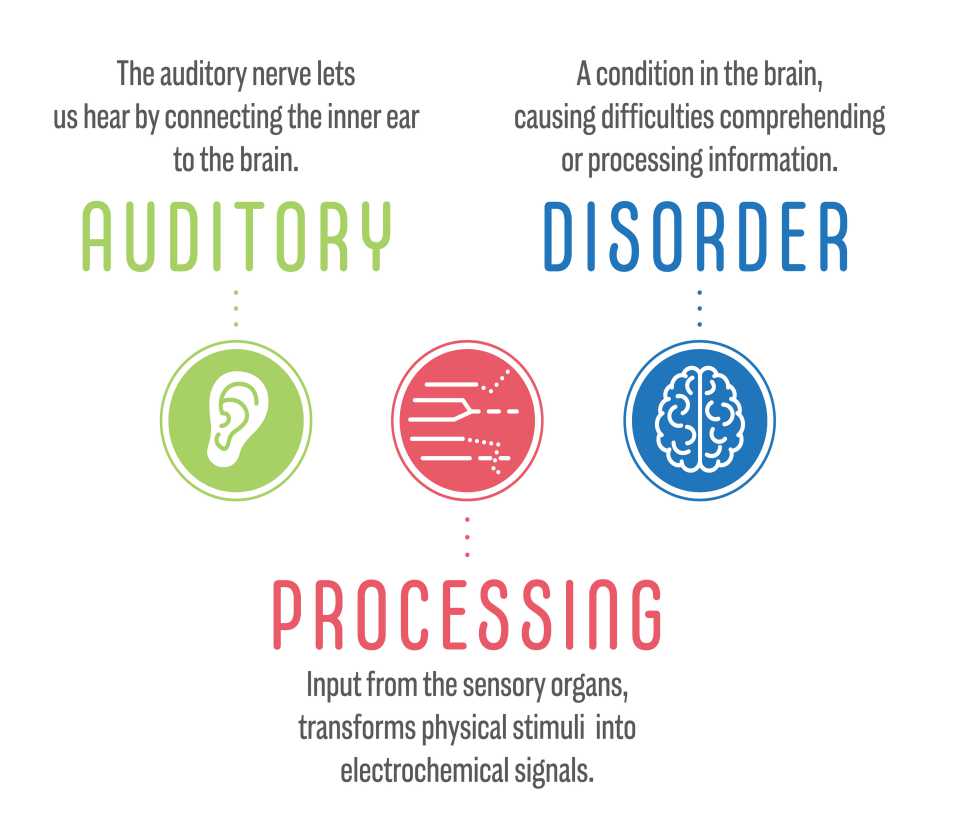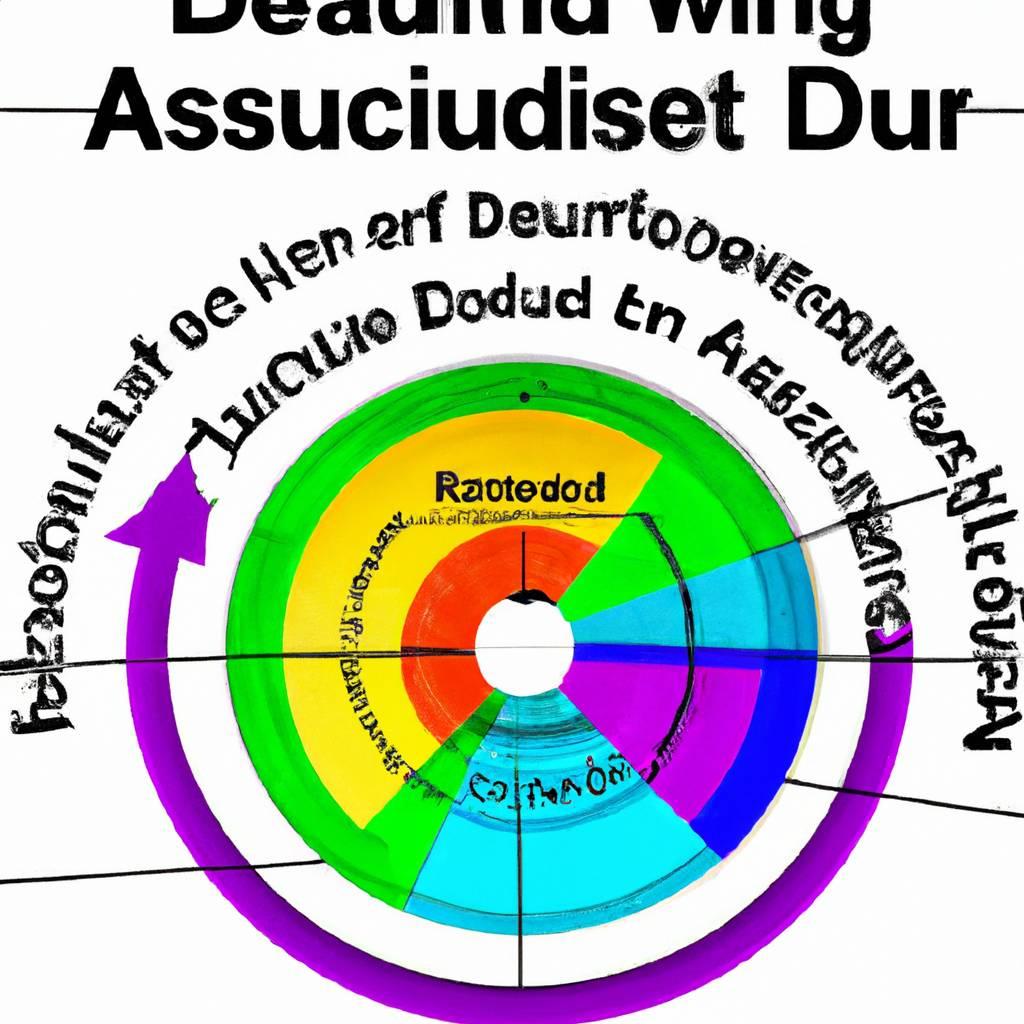Auditory Processing Disorder (APD), also known as Central Auditory Processing Disorder (CAPD), is a condition that affects how the brain processes and interprets auditory information. It is not a hearing loss or a learning disability, but rather a difficulty in understanding and making sense of what is being heard.
APD is usually diagnosed in children, but it can also affect adults. The important role occupational therapy plays in assessing and intervening in auditory processing skills is also crucial. The Role of
Signs And Symptoms Of APD
Auditory Processing Disorder (APD), also known as Central Auditory Processing Disorder (CAPD), is a complex condition that affects how the brain processes auditory information. Individuals with APD may have difficulties understanding and interpreting sounds, even though their hearing is normal. It is important to recognize the signs and symptoms of APD early on, as early intervention can greatly improve a person’s ability to communicate and function in everyday life.
There are several key signs and symptoms that may indicate the presence of auditory processing disorder. One common symptom is difficulty understanding speech, especially in noisy environments or when multiple people are speaking at once.
People with APD may also have trouble following directions, particularly when they are given verbally. They may frequently ask for information to be repeated or find it challenging to recall information that was presented orally.
In addition to difficulties with auditory processing, individuals with APD may also exhibit other related symptoms. They may have poor attention and may be easily distracted by background noise. They may struggle with reading, spelling, and understanding language, which can impact their academic performance.
It is not uncommon for individuals with auditory processing disorder to have difficulty with social interactions, as they may have trouble understanding conversations or interpreting non-verbal cues.

Is auditory processing disorder a disability?
The classification of auditory processing disorder as a disability is a complex issue. In some cases, APD may be considered a learning disability, as it can significantly impact an individual’s academic performance and daily functioning.
However, it is important to note that APD is not universally recognized as a disability under all educational or legal frameworks. Some schools or jurisdictions may not view auditory processing disorder as a specific disability, while others may consider it as part of a broader disability category.
Related Article: Is Panic Disorder a Disability
The Role Of Occupational Therapy in APD
Occupational therapy plays a crucial role in the treatment and management of auditory processing disorder (APD). APD is a condition that affects the brain’s ability to process and interpret auditory information accurately. It can lead to difficulties in understanding speech, following directions, and participating in conversations.
Occupational therapists are trained professionals who specialize in helping individuals with APD overcome these challenges and improve their overall communication skills.
One of the key roles of occupational therapy in auditory processing disorder is to assess and identify the specific areas of auditory processing that are affected. This is done through a comprehensive evaluation process that includes various tests and assessments. The results of these assessments help the occupational therapist develop an individualized treatment plan tailored to the needs of the person with APD.
Occupational therapy interventions for APD are designed to improve auditory processing skills and enhance overall communication abilities. These interventions may include a range of techniques and strategies such as auditory training, auditory discrimination exercises, and environmental modifications.
The goal is to help individuals with auditory processing disorder develop better listening skills, enhance their ability to filter out irrelevant background noise, and improve their comprehension of spoken language.
- Auditory training: Occupational therapists may use specific exercises and activities to train the individual’s auditory system to recognize and process speech sounds more effectively. This may involve listening to recorded speech sounds or engaging in interactive computer-based programs.
- Auditory discrimination exercises: These exercises aim to improve the individual’s ability to differentiate between similar speech sounds. Occupational therapists may use tasks such as identifying and categorizing different sounds to enhance auditory discrimination skills.
- Environmental modifications: Occupational therapists may work with individuals with APD to make necessary modifications in their environment to minimize distractions and improve their ability to focus on auditory information. This may include using assistive listening devices, creating quiet study spaces, or implementing specific strategies to reduce background noise.
In addition to these interventions, occupational therapy for APD also emphasizes the importance of sensory integration. Sensory integration refers to the brain’s ability to process and interpret information from different sensory modalities, including auditory, visual, and tactile input.
Related Article: Occupational Therapy Salary in NYC
Occupational therapists may incorporate sensory integration activities into their treatment plans to help individuals with APD improve their overall sensory processing and integration skills.
The role of collaboration is crucial in APD therapy. Occupational therapists often work closely with other professionals, such as speech-language pathologists, audiologists, and educators, to provide a comprehensive approach to treatment. Collaboration allows for a holistic and coordinated effort to address the various aspects of auditory processing disorder and ensure optimal outcomes for individuals with this condition.
| Occupational Therapy Interventions for APD |
|---|
| Auditory training |
| Auditory discrimination exercises |
| Environmental modifications |
| Sensory integration activities |
Occupational Therapy Interventions For APD
One important intervention used in occupational therapy for auditory processing disorder is auditory training. This involves specific activities and exercises designed to improve the individual’s ability to process and understand auditory information. These activities may include listening to different sounds, identifying patterns and sequences, and discriminating between similar sounds.
The use of technology, such as specialized computer programs and listening devices, may also be incorporated to enhance the effectiveness of auditory training.
Another intervention that occupational therapists may use for individuals with APD is environmental modifications. This involves making changes to the person’s surroundings to optimize their ability to process and understand auditory information. For example, reducing background noise in the home or classroom can help improve the individual’s focus and attention to important sounds. Modifying lighting and seating arrangements can also contribute to a more conducive auditory environment.
- Additionally, occupational therapists may recommend the use of assistive listening devices (ALDs) for individuals with APD. ALDs are devices that amplify and clarify sound, making it easier for individuals with auditory processing disorder to understand speech and other auditory stimuli. These devices can be used in various settings, such as classrooms or social gatherings, to improve the individual’s ability to participate and engage in conversations and activities.
- Sensory integration therapy is another intervention that can be beneficial for individuals with APD. This therapy focuses on addressing difficulties in processing and integrating sensory information from different modalities, including auditory input. By engaging in activities that stimulate the senses, such as playing with textured materials or participating in movement-based exercises, individuals with APD can improve their overall sensory processing abilities, which in turn can positively impact their auditory processing skills.
Related Article: DBT Skills Group
Improving Auditory Processing Through Sensory Integration
Sensory integration is a therapeutic approach that aims to help individuals with APD by addressing their sensory needs and promoting the integration of sensory information. It recognizes that our senses work together to help us make sense of the world around us, and when there is a breakdown in this process, it can impact various aspects of our lives.
One of the key components of sensory integration therapy for auditory processing disorder is providing individuals with a rich sensory environment. This can be achieved through activities that stimulate the different senses, such as auditory, visual, tactile, and proprioceptive experiences. By engaging in these activities, individuals can improve their ability to process and integrate sensory information, including auditory stimuli.
- For example, one activity that can be beneficial for improving auditory processing is sound discrimination exercises. This involves exposing individuals to different sounds and training them to recognize and differentiate between them. This can be done through games, listening exercises, or even music therapy sessions.
- Another sensory integration technique that can aid in improving auditory processing is sensory diets. These are personalized schedules of activities and exercises that are designed to meet the individual’s sensory needs. By incorporating activities that specifically target auditory processing, such as listening to recorded sounds or participating in sound-based games, individuals can gradually enhance their auditory skills.
- In addition to these activities, the use of adaptive equipment and assistive devices can also contribute to improving auditory processing through sensory integration. For instance, the use of specialized headphones or auditory feedback devices can help individuals filter out unwanted background noise and focus on specific auditory stimuli.
| Benefits of Sensory Integration Therapy for APD | Key Components of Sensory Integration Therapy |
|---|---|
|
|
The Importance Of Collaboration In APD Therapy
One of the key reasons why collaboration is important in APD therapy is because auditory processing disorder is a multidimensional disorder that requires input from various professionals. These professionals may include audiologists, speech-language pathologists, occupational therapists, educators, and psychologists.
Each of these individuals brings their unique expertise and perspective to the table, allowing for a comprehensive assessment and treatment plan that addresses the specific needs of the individual with APD.
Collaboration also helps ensure that the therapy approach is holistic and addresses all aspects of the individual’s life. For example, occupational therapists can assess the impact of APD on daily activities and provide interventions to improve auditory processing skills in functional contexts.
Speech-language pathologists can work on improving language and communication skills, while educators can implement accommodations and strategies in the classroom to support the individual’s learning needs.
- In a table format:
Professionals in Collaboration Roles Audiologists Conduct auditory assessments and provide support with hearing devices Speech-Language Pathologists Address language and communication difficulties associated with APD Occupational Therapists Assess and intervene in daily activities impacted by APD Educators Implement accommodations and strategies in the classroom Psychologists Provide support for emotional well-being and assess cognitive functions
Collaboration also fosters a coordinated and consistent approach to APD therapy. When professionals work together, they can share information, discuss strategies, and ensure that goals are aligned across different therapeutic interventions.
This collaborative approach not only enhances the effectiveness of therapy but also reduces the chances of conflicting recommendations or strategies that may hinder progress.
Furthermore, collaboration extends beyond just professionals. It also involves the collaboration between professionals and the individual with auditory processing disorder and their family. This partnership is crucial in understanding the individual’s unique challenges, setting goals, and implementing strategies in various environments.
By involving the individual and their family, therapy becomes more personalized and empowers the individual to take an active role in their own treatment journey.
Related Article: Reintegration Therapy
